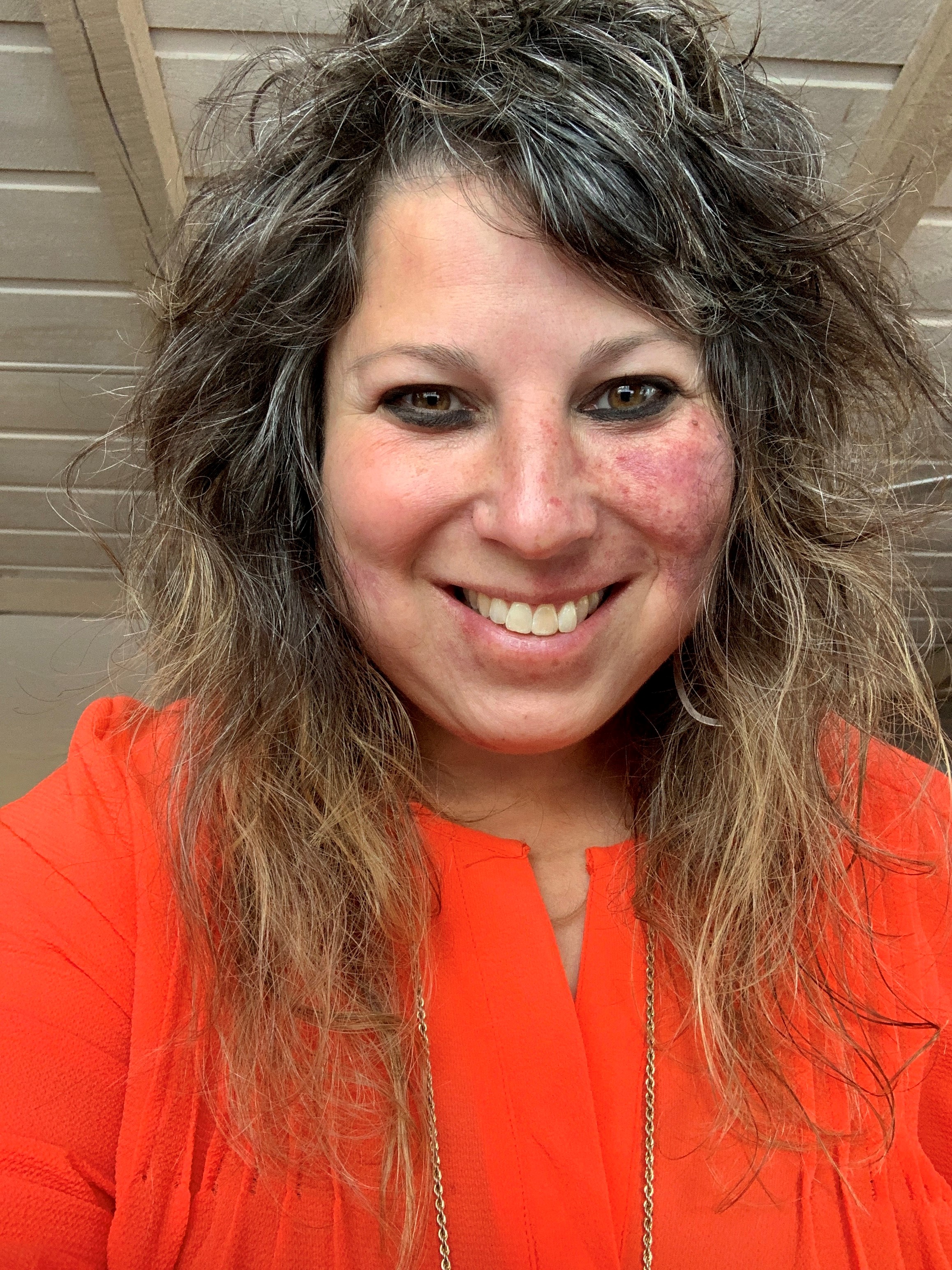Non-invasive methods evaluated for diagnosing liver diseases
A new article reviews the efficacy of current non-invasive methods for assessing non-alcoholic fatty liver disease (NAFLD) and associated conditions.
The review, published in the Chinese Medical Journal, was conducted by researchers from China. The authors evaluated recent developments in NAFLD assessment and analyzed the benefits and limitations of the new methods as an alternative to the invasive liver biopsy procedure, which according to the study, has been the most widely recognized method for diagnosing and evaluating non-alcoholic steatohepatitis (NASH) and fibrosis. NASH and liver fibrosis are two important factors that determine NAFLD progression and probability of cirrhosis development. Ultimately, they found accumulating evidence suggesting that various non-invasive tests can be used to diagnose NAFLD, assess its severity, and predict prognosis.
Researchers searched medical databases using the following search terms: “nonalcoholic fatty liver disease,” “nonalcoholic steatohepatitis,” “NAFLD,” “NASH,” “liver fibrosis,” “cirrhosis,” “noninvasive tests,” “biomarkers,” “transient elastography,” “liver stiffness measurement,” and “imaging.” They also extended the literature search by reviewing the reference lists of the articles and meeting abstracts of the Asian Pacific Association for the Study of the Liver, European Association for the Study of the Liver, and American Association for the Study of Liver Diseases.
According to the research team, there are two major types of non-invasive tests—blood-based biomarker tests, and imaging methods. Blood-based tests, with multi-biomarker panels, can measure and evaluate biological processes in the liver with decent accuracy. They can be useful for initial diagnosis of liver disorders since they are more accessible and economic as compared to imaging methods.
Imaging methods have proven more accurate in detecting and assessing the severity of liver disorders, according to researchers. For instance, according to the review, magnetic resonance imaging proton density fat fraction detects NAFLD and NASH with high accuracy, and also stratifies NASH severity. Similarly, machine learning-based ultrasound imaging is gaining popularity for effectively detecting and quantifying NAFLD. Imaging techniques like transient elastography, acoustic radiation force impulse, and magnetic resonance elastography can accurately measure liver stiffness, which is an indicator of fibrosis, they found. However, these methods are often expensive, have limited availability, lack widespread validation, and may require experienced operators, according to the authors.
“Ultimately the selection of appropriate tests for assessing liver disorders is contextual. Availability, cost, and local expertise are key factors to consider while establishing a clinical care pathway for NAFLD,” said Vincent Wai-Sun Wong, MD, professor of Medicine at The Chinese University of Hong Kong and corresponding author of this study in a statement.
The authors suggest further research is required to determine the efficacy of these testing methods under different clinical contexts and evaluate their significance in identifying patients needing treatment and monitoring treatment response.




















SHARE